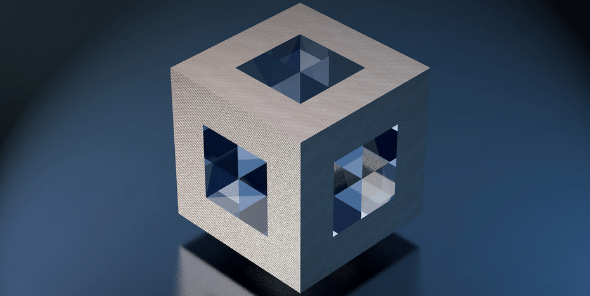
3 Dimensional Trademarks in India: An Introduction
 3D Trademarks in India
3D Trademarks in India
The level of competition in India’s market is at an all-time high, with competitor firms coming up with new ideas and striking features to make their product stand out. The trademark law allows them to do so as they can register their symbol/logo/special packaging or labels to protect it from being used by someone else. But even among the marks that are registered, there is advancement. 3D marks can now be trademarked and are made so because of the intense competition in the Indian Marketplace. It is considered a non-conventional/non-traditional trademark that uses the 3-dimensional shape of a commodity/packaging to appear different from other products. A few fitting examples of 3D Trademarks would be the packaging of a Toblerone Chocolate, a distinct shape of the Zippo Lighter. The term ‘mark’ is provided u/s 2(1) (m) of the Trademarks Act in India.
Purpose
A 3D mark provides a unique distinction between its product and other homogenous competitor products. This helps the competing firm to establish an image/reputation for its product. Since consumers/buyers are often influenced by the external, distinct, and eye-catching features of a product, 3D trademarks can be a way to increase sales of a product, as some consumers will choose a said product over other similar products. Its purpose is only to garner more consumer attention than a standard symbol trademark and possibly increase product sales, given the intense competition in the Indian market.
Legal Provisions
The 3-dimensional trademarks, even though a non-conventional trademark, have to satisfy the tests stipulated down by the Trademark Act like any normal 2-dimensional trademark. It has to fulfill certain conditions provided u/s 2 (1) (zb), which state that the mark should be graphically representable and should distinguish itself from other goods and services, following Section 9 of the Trademarks Act, which states the grounds for a trademark not being registered. It includes clauses that state, firstly, if the marks lack distinctive nature; secondly, implying the quality, quantity, and objective and geographical indication of the mark and lastly, a mark that is already established and is customary in the practice of general trade along with other grounds. It means that even if the mark is a non-conventional 3D mark, it shall satisfy the said conditions.
Registration Process Of 3D Marks
1. The applicant should provide copies of the trademark that contain 2-dimensional photographs along with three pictures taken at three different angles, covering the entire product/shape being registered.
2. It should be accompanied by a written description of the shape/mark.
3. In case the registrar is unsatisfied with the contents. The registrar can call for a ‘Show Cause Hearing’ for the applicant’s benefit, as the applicant would be allowed to present five more views/angles of the mark/shape along with a description to ascertain whether the mark can be registered or not.
4. Critical Trademark search in all the databases to ensure no unintended duplication.
5. Filing online the registration application with the immediately concerned regional office of trademark registry in the new Form TM-A, along with the prescribed fees and demanded documents. This application must clearly state that the mark filed for registration is a 3D shape mark.
6. Tackling any trademark opposition.
Position in India
The position in India regarding 3-dimensional trademarks is favorable, and it can be said that it is well-established that one can file for a 3D mark in India for a product if they deem it distinctive. Suppose it can distinguish itself from its competitors selling a similar product, causing no confusion, deception, or hurting of religious sentiments, and contains no scandalous matter as given u/s 9 (2) of the Trademarks Act, 1999. It also has to satisfy the other two clauses in section 9 then it can be approved and registered as a 3D trademark. The reason for the stringent interpretation of section 9 is comprehensive, as the 3D marks are non-traditional and would generally gain more attention from the consumer/buyer.
In summation, 3D trademarks have a lot of scope in India. Due to the competitive nature of the firms and companies, they keep reinventing their products to increase sales and gain profit, and 3D trademarks are one way to do so.
